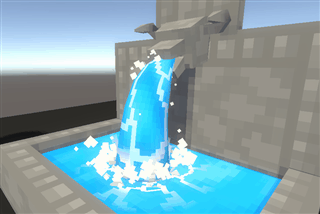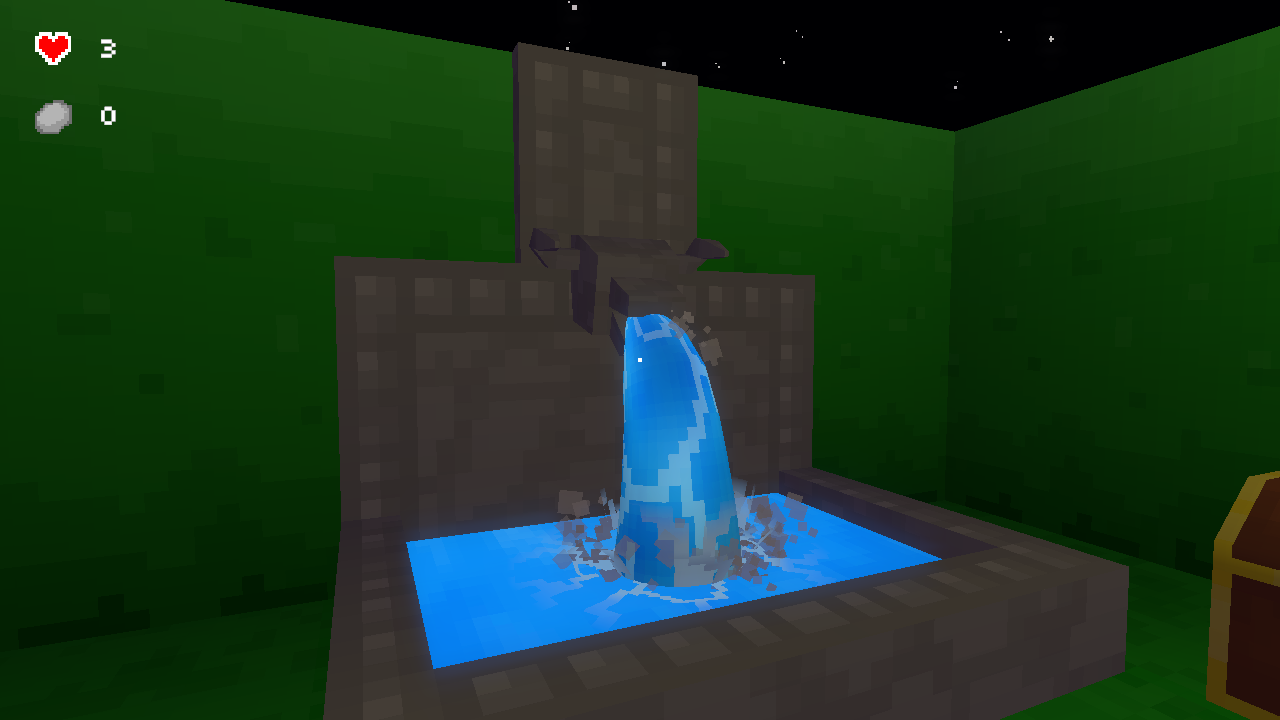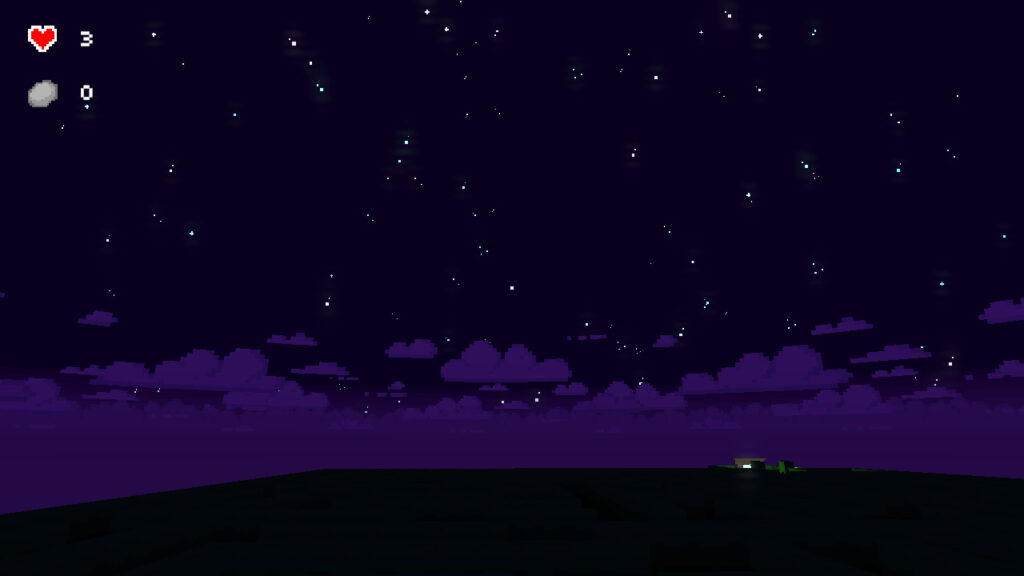This past week I’ve been working on adding effects to the maze while continuing to learn and understand how to work with Unity’s Scriptable Rendering Pipeline (SRP).
The first effect I added was running water to the fountain at the start of the maze.
I used a common shader effect, known as scrolling textures, or scrolling UVs, to simulate flowing water. The effect is simple, offsetting the UV coordinates of the texture by a given speed and time to give the texture the appearance of water flowing.

The water is also partially reflective, which is done using a cube map generated by a reflection probe. The reflection probe dynamically updates every frame, capturing the lighting in the environment, which is then used as the reflection in the shader.
Since the environment’s lighting is dynamic, the updated reflection helps control the water’s brightness and ensures that it looks like it’s part of the same scene.


Next, I worked on the sky.
The sky in previous images used Unity’s standard procedural skybox which is supported in SRP. I opted to not use it, encouraging me to learn how to set up the rendering pipeline and achieve a similar effect.

The clouds are a large horizontal tiling texture, mapped onto multiple mesh cylinders to create a layered effect. Each layer then uses a scrolling texture with different speeds to fake the sense of distance between them.
I then started working on adding stars to the sky at night. I wanted to control how they appeared, showing each star one at a time as the sun set.
Initially, I tried using a pixel art texture, but it was too large and distorted, which didn’t look very good. It also didn’t give me much control over the effect, at least not without over-complicating it.
I ended up using a particle system that emitted from a mesh shape that I created in Maya. At each vertex point on that mesh, a particle will spawn, giving me control over the position of each star in the sky.

This is then controlled by the day-night cycle, telling the particle system to start emitting the stars just as the sun goes down, and then updating their remaining lifetime to fade them out when the sun is about to come up.
Next, I’ll be continuing to work on a few more visual effects.